Following on from last week’s blog about gulls and their decline, we wanted to give you an update on the gull monitoring our rangers have been carrying out over the winter.
Cast your mind back to January 2025, a month that proved to be something of a fickle beast. Some days saw the wind scouring the coastline, sending waves crashing against the shore, on others an eerie calm descended over the lochs, making them look almost tempting for a wee dip - if you could forget how bitterly cold it was beneath the surface.
This year’s BTO WinGS (Winter Gull Survey gave the team a taste of both kinds of day: clear skies and glassy water, and storm-lashed shores under brooding skies.
The results were a mixed bag - at some sites gulls were sighted, while others were eerily quiet.
Fiona took to the shores of Loch Eil on a crisp Sunday, watching as hundreds of gulls lifted from the dump at Duisky. It was an impressive sight, yet none of them settled in her survey area. Instead, they veered south, heading for Loch Linnhe. A reminder, perhaps, that roosting patterns shift and bend to the whims of food availability and weather.
Over at Ardnastaing Bay, Loch Sunart, Eilidh-Ann was met with still waters and clear skies. But even with perfect conditions, the gulls kept their distance, perched tantalisingly on the far side of the loch, just out of reach of her telescope’s certainty. “My gut tells me they were herring gulls,” she mused, but science demands confirmation, and this time, the birds stayed just beyond it.
Meanwhile, Donald was wrapped up against the cold at the Kyle of Durness. A well-worn survey spot, but, as in previous years, not a hive of gull activity. He spotted just two herring gulls still feeding at the southern end of the kyle, while wigeon and mallard dabbled in the shallows. No bustling roosts here! Just the quiet presence of winter’s waders.
At Portmahomack, Marcia had similar luck, or rather lack of it. “Two herons and a couple of mallards, but no gulls,” she reported. Perhaps they were seeking easier pickings elsewhere.
Where the Gulls Gathered
Some locations, however, revealed a little more about where the gulls were choosing to settle. Paul, surveying St John’s Loch in Dunnet, Caithness, recorded 19 gulls arriving for a quick bath, 16 herring gulls and three great black-backed gulls. Yet they didn’t linger. The loch, it seems, isn’t a preferred roosting site, likely due to the presence of otters. Instead, Paul was treated to a gathering of around 100 wigeon and teal, with a pair of shovelers and pintail ducks joining the feast.
In Clashnessie, Assynt, Andy was joined by three volunteers in his count. 14 common gulls and two herring gulls made their presence known, still low in number but present non the less.
At Milton of Culloden Shore, John encountered an obstacle familiar to anyone who has tried to time a shorebird survey…the tide was in! With much of the usual roosting area underwater, gull numbers were low, but herring, common, and black-headed gulls still made an appearance. The real highlight, however, was a stunning array of wildfowl - over 60 shelduck, 100+ wigeon, 30 teal, four goldeneye, and a Slavonian grebe not to mention four pairs of pintail ducks adding a touch of elegance to the scene.
Practice Makes Perfect
For Patti, preparation was key. Choosing Sealky Head, a prime survey site, she had spent a month brushing up on her gull ID skills. Autumn saw her scouring harbours and fields, making use of BTO’s online resources, and even undertaking a practice survey with an experienced local ornithologist. Despite all this preparation, her January count returned a ‘Nil’ result. Disappointing? Perhaps. But as she pointed out, gulls in mid-winter often choose fields or river mouths over open coastlines, depending on food availability. It’s this change in behaviour surveys are hoping to capture.
That learning didn’t just stay with her, at a Nature Club session in Wick Library, she shared her knowledge with local children, opening their eyes to the subtle differences between gull species, and armed with ID books, telescopes, and binoculars, they set about sharpening their observation skills, delighting in the realisation that not all gulls are ‘just seagulls.’ By the time the next WinGS survey comes round in 10 years, they will be ready!
A Rare Opportunity
This year’s BTO Winter Gull Survey painted a picture of gulls in flux. Some areas busy, others starkly empty. Weather, food, and seasonal shifts all played their part, revealing just how adaptable these birds are. While some rangers came away with notebooks full of sightings, others were left contemplating the mystery of where the gulls had gone.
And this survey won’t be repeated any time soon. The BTO first carried out the Winter Gull Survey (WinGS) in 1952/53, launching an effort to collect data on wintering gull populations across the UK. Since then, surveys have taken place approximately every ten years (though the last one ran between 2003/04 and 2005/06, leaving a 20-year gap in our understanding of wintering gulls).
The WinGS for the winters of 2023/24 and 2024/25 was therefore gathering vital, up-to-date information on the six most common gull species in the UK. This effort will help scientists understand how these birds are faring in a changing world, and our High Life Highland rangers have played their part in ensuring the North is represented in this nationwide study.
The results of our survey’s observations align with national trends - gull populations are in trouble.
Now, with another decade (or possibly more) likely to pass before this survey is repeated, the data gathered this winter will stand as a crucial snapshot in time, a record of where our gulls were, what they were doing, and the landscapes they relied on. Our actions here in the Highlands are actually critical to the species' future. The challenge now is not just monitoring these declines but finding practical, proactive solutions to help these birds thrive once again.
Citizen Science: How You Can Help
Have you ever caught a gull in the act of pinching a food in an urban setting, diving for a crab, or scavenging something unexpected? If so, your photo could help scientists better understand how gulls are adapting in a changing world.
Ecologist Dr Alice Risely from the University of Salford is leading a fascinating project looking into gull diet and behaviour and you can be part of it. The goal is simple: to build a clearer picture of what gulls are eating, where, and when. By collecting images from across the globe, the project aims to uncover patterns in gull diets and how these are shifting over time and space.
What You Can Do
Register for the project and submit your gull photos to help scientists explore:
The variety of gull diets
Where and when certain food types are eaten
How gulls are adapting to environmental change
To take part, simply upload your photos of gulls eating to: citsci.org/projects/gulls-eating-stuff
Gulls eating stuff instagram page: (@gulls_eating_stuff) • Instagram photos and videos
Your Photo Must Include:
A gull clearly eating something identifiable (species-level ID is great, but not essential)
A clear view of the gull’s head, wings, and legs to help identify the species
The date the photo was taken
The location—either exact or a close approximation
No scenes where gulls have been deliberately fed
Whether it’s a gull stealing a sandwich or feasting on a starfish, your snaps can contribute to real science and help researchers understand how these clever birds are surviving.
So why not sign up today? Click the link below to take you to the gull photo project site. You can contribute wherever you are as this citizen science project is world wide!






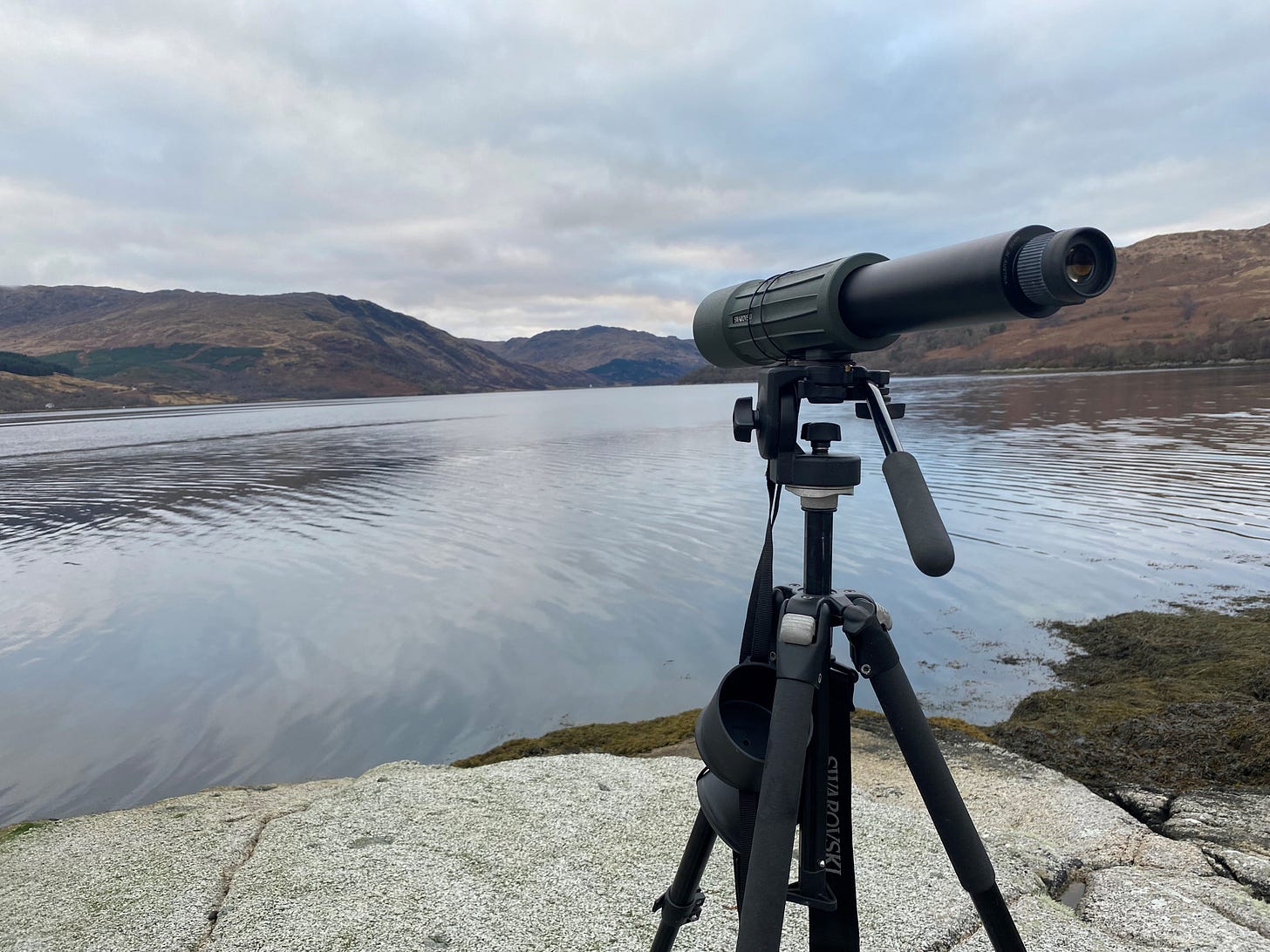
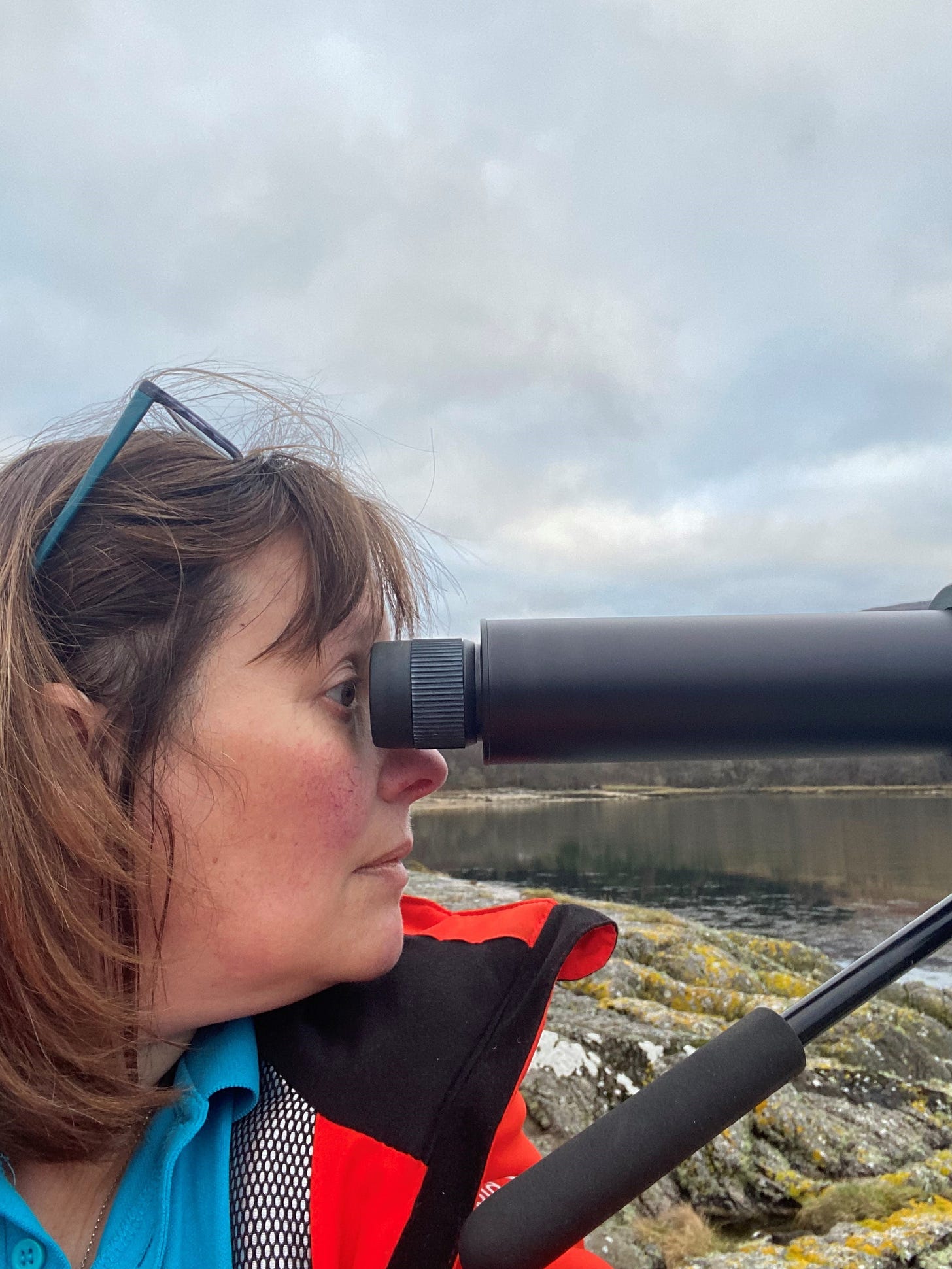
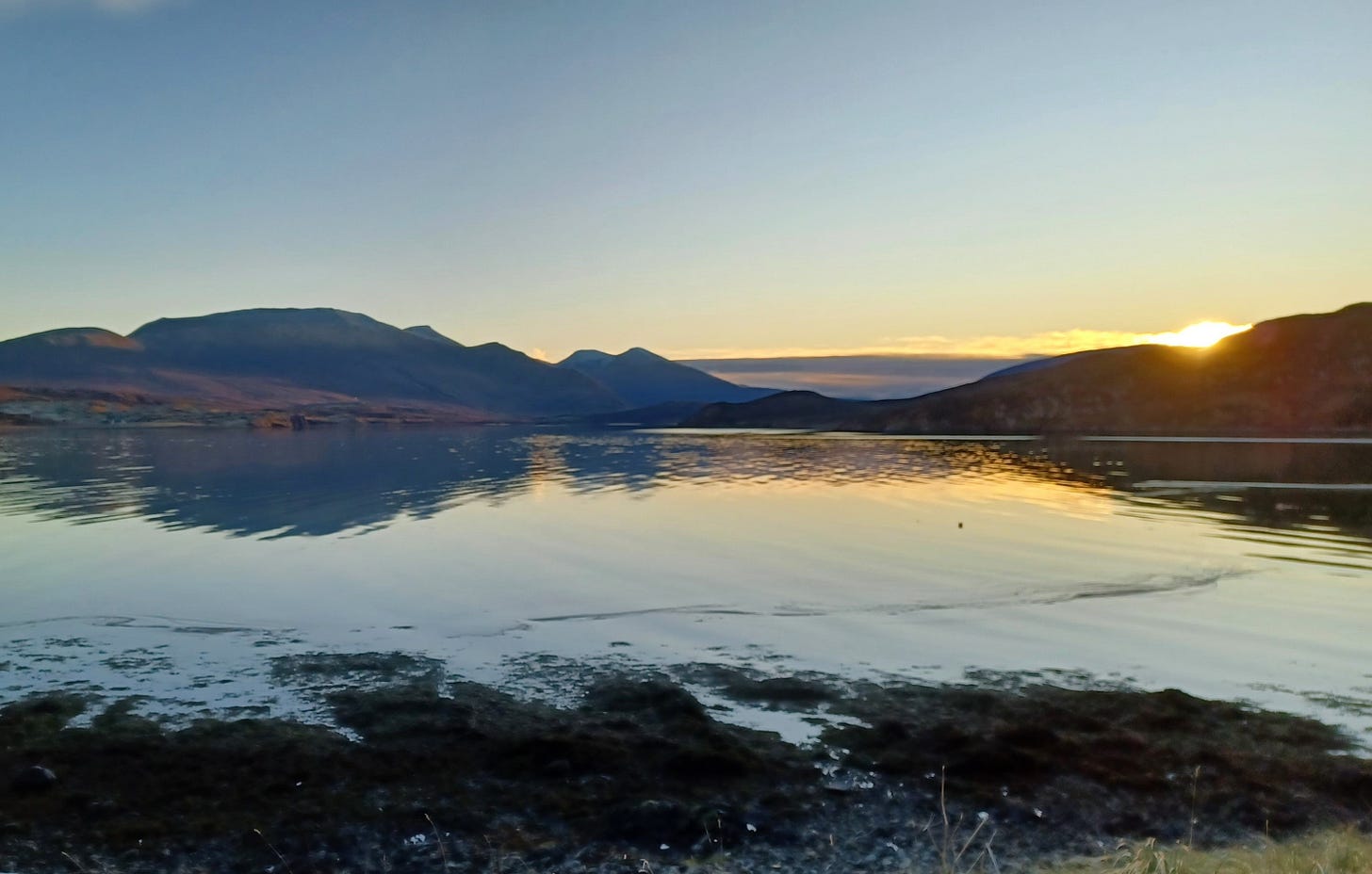
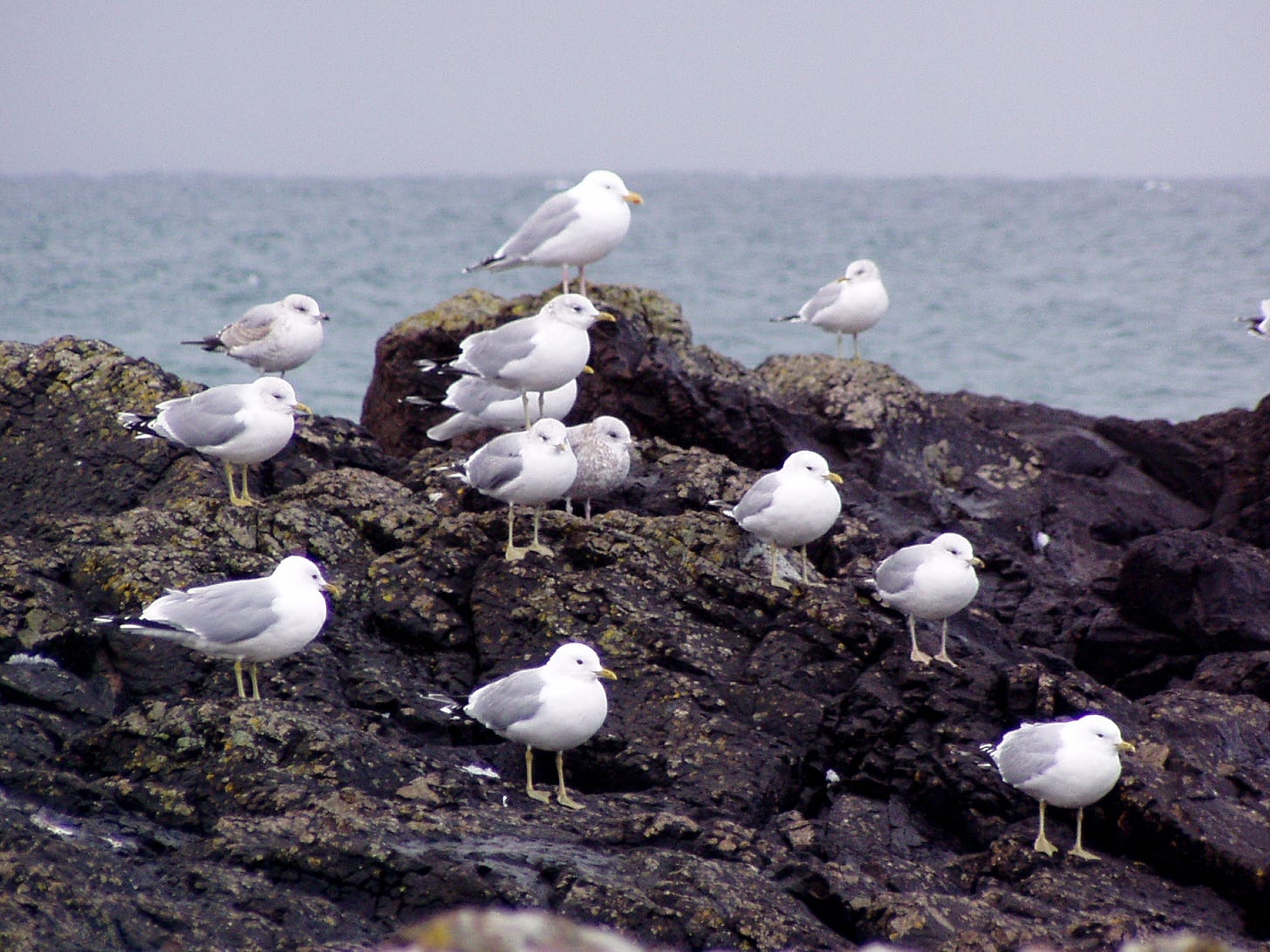
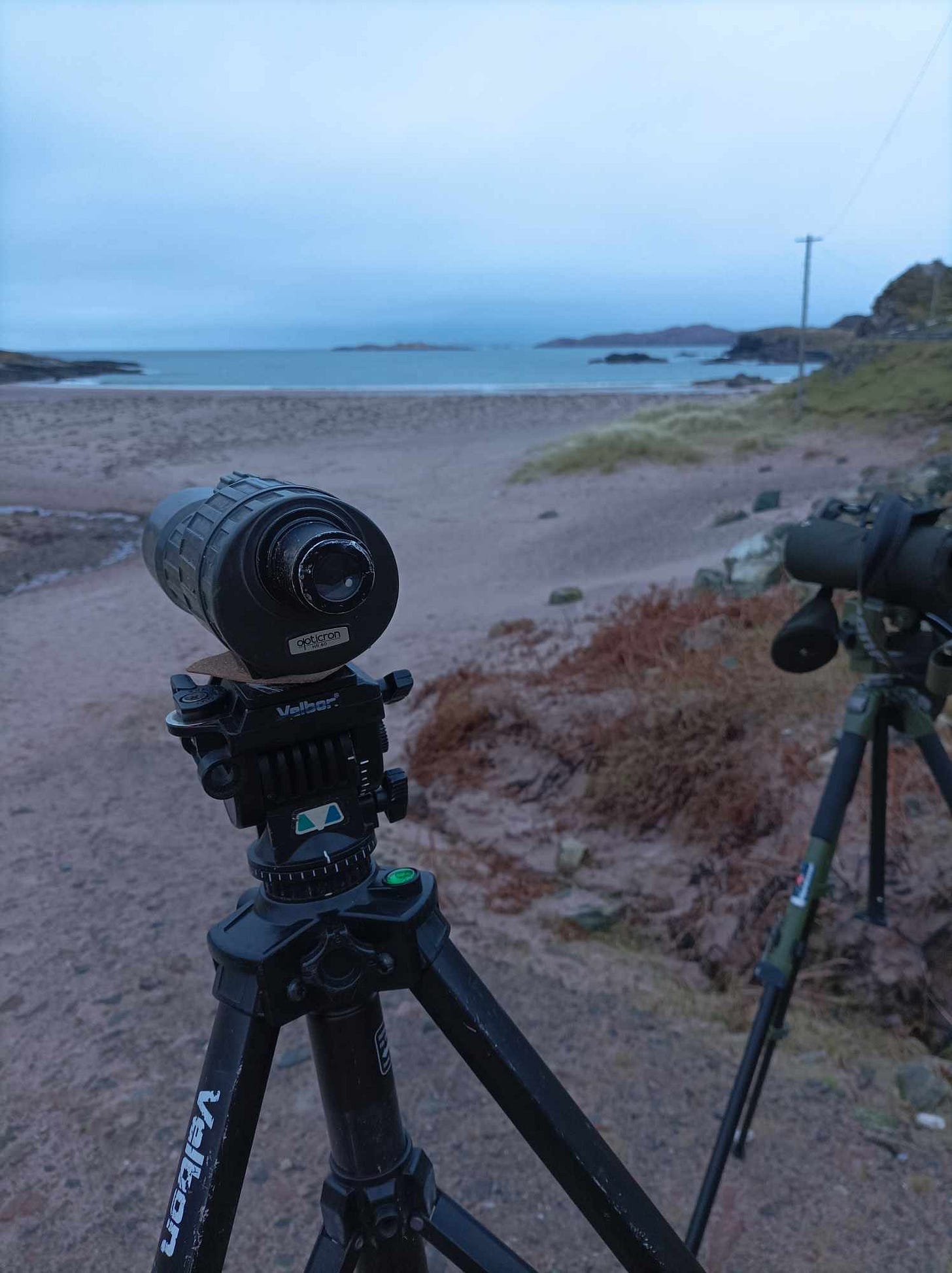
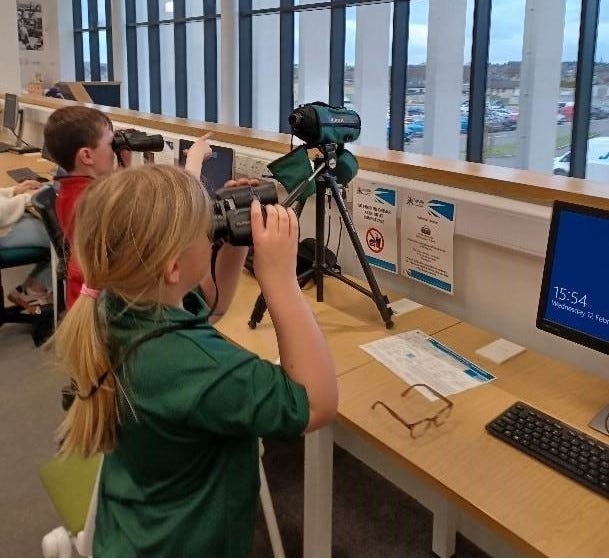

It's great to find out where the gulls are, particularly the Common Gulls, which aren't really common at all in my experience.
It looks like a pair of Herring Gulls are trying to take over the nest site in my street that Lesser Black Backed Gulls have used for years. The pair of Lesser Black Backed Gulls are still in the area so this all might get quite dramatic....
The drop in numbers is startling and a real indictment on man's arrogance towards nature in my view. While it's intriguing to read of gulls's possible preference for roosting sites away from
coasts, related to food, it would be interesting to know how much impact bird flu has had on gull populations. Certainly the shoreline on the Cromarth Firth between Balconie Point and the Cromarty Bridge seems very empty now, so I wonder how much bird flu is to blame....
Also, why on earth does the BTO leave such long gaps between surveys?!